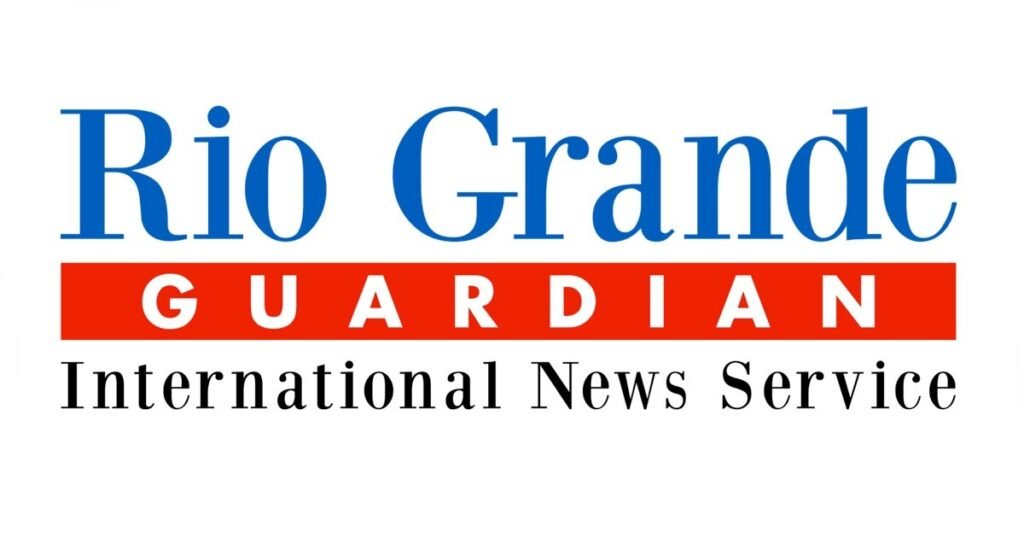Tackling Poverty in Hidalgo County: Progress and Challenges Ahead
Introduction
Hidalgo County, Texas, has long grappled with a poverty rate significantly above the state average. Currently, the U.S. Census Bureau reports that 27.1% of Hidalgo County residents live below the poverty line, with an alarming 39% of children affected. In an effort to combat these statistics, County Judge Richard Cortez initiated the Prosperity Task Force in 2019, focused on reducing poverty and promoting economic growth in the region. This article explores the task force’s achievements, the ongoing challenges, and the potential impact of proposed federal cuts on the future of Hidalgo County.
The Origins of the Prosperity Task Force
In December 2019, Judge Cortez first highlighted the dire need for initiatives to address poverty in the area. At that time, the poverty rate stood at 29.5%. Under the leadership of the task force and the Hidalgo County Community Service Agency, the county has seen progress, albeit gradual. According to Jaime Longoria, Director of the Community Service Agency, the poverty rate has decreased by 2.4% over five years, translating to approximately 19,000 fewer people living in poverty.
Statements on Economic Growth
Longoria quoted Cortez’s vision for a future filled with economic opportunities: “If Hidalgo County residents are to enjoy future economic growth and prosperity, we must reduce our poverty rate.” This transformative vision aims to shift the cycle of poverty toward one of prosperity, thereby increasing investment and economic growth.
Future Concerns: Legislative Cuts and Their Impact
Despite these promising developments, there is growing concern about potential setbacks. As state and federal governments contemplate budget cuts, the risk of reverting to higher poverty rates looms large. Mario Reyna, coordinator for the Prosperity Task Force, addressed these concerns during a recent podcast with the Rio Grande Guardian.
The One Big Beautiful Bill Act (OBBBA)
Reyna discussed the implications of the controversial One Big Beautiful Bill Act (OBBBA), which aims to provide financial benefits to wealthier individuals. While he noted that he could personally benefit significantly from the act, he emphasized that the focus should remain on those who would suffer from cuts to essential services. “We need to focus on the individuals who rely on support from food banks and housing assistance,” Reyna stated.
The Dangers of Funding Cuts
Reyna expressed concerns that as poverty remains high, cuts to Medicaid and housing assistance could create a "vacuum" of support for vulnerable communities. He warned, “You cannot have a bake sale or cookie sale to make up the difference.” The potential shift towards cuts in services will consequently affect not just those in need but also the businesses and organizations that provide crucial support.
Economic Implications and Future Job Prospects
Reyna articulated the broader economic implications of federal funding cuts. He pointed out that approximately 180,000 jobs in the Rio Grande Valley are federally funded, highlighting how these roles generate additional employment opportunities. For each government job, estimates suggest two more are created within the community, totaling an impressive potential impact.
Healthcare and Housing Considerations
He specifically mentioned the risks posed to rural hospitals like Starr County Memorial Hospital due to proposed cuts to Medicaid. Reyna argued that without adequate healthcare facilities, residents would face significant challenges, potentially leading to “medical deserts” in vulnerable regions of Texas.
Regarding housing, he noted a proposed 43% cut to Section 8 Housing in the Rio Grande Valley could exacerbate existing hardships for those already struggling with affordability and stability.
Community Engagement and Advocacy
As coordinator of the Prosperity Task Force, Reyna has taken proactive steps to engage with clinics, nonprofits, and community organizations. He encourages residents to voice their concerns to elected officials regarding the potential impacts of legislative decisions.
A Call to Action
Reyna’s final message was clear: “When we started the Prosperity Task Force, our goal was to increase prosperity in the area. Now, our focus must adapt to ensure we can sustain support for our community.” The need for active community engagement has never been more crucial.
Conclusion
Hidalgo County has made commendable strides in reducing poverty, but as economic pressures mount and federal funding is threatened, the path forward appears increasingly challenging. The commitment to combat poverty remains strong, but it requires collective advocacy and preventative measures to ensure that progress is not undone. As the community bands together to navigate these challenges, the future of Hidalgo County hangs in the balance.
(For more information on local initiatives and resources, visit Hidalgo County’s Community Service Agency).


